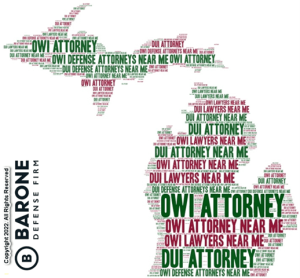Search
Trump Plan Would Place Lansing Toxicology Lab Under Federal Control
President Trump’s Department of Justice has proposed a new Office of Forensic Science and Forensic Science Board within the DOJ. This new board would have governing authority over all of Michigan’s forensic labs, including the Toxicology lab located in Lansing. Nearly all drivers arrested for intoxicated driving and subjected to blood draws currently have their blood tested at this Lansing Toxicology lab. Consequently, this new change could impact more than 10,000 DUI cases each year in Michigan.
The new Department would be headed by a Director, who would be appointed by the President. The Director would report to the Attorney General. According to subsection b of the proposal, the mission of the new Forensic Science Division would be: to strengthen and promote the use of forensic science within the judicial system by supporting forensic science service providers, as they continually improve the validity, quality, and practice of forensic science through innovative solutions that focus on research and development, testing and evaluation, technology, information exchange, training, and capacity building for the forensic infrastructure.
One of the duties of the Director will be to work to ensure that appropriate accreditation, certification, standards, methods, best practices, and organizations exist for forensic disciplines.
 Michigan Criminal Defense Lawyer Blog
Michigan Criminal Defense Lawyer Blog


















